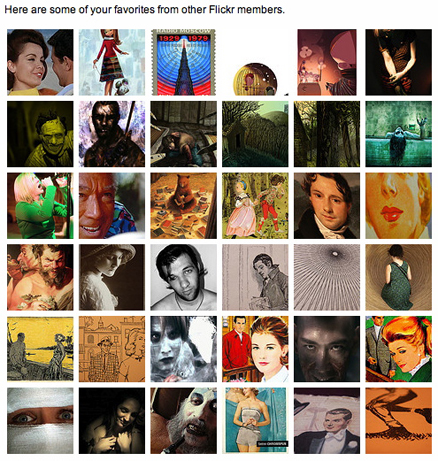Sure, watches that tell you when you’re walking unsteadily and pocket computer phones that show you the closest pizzeria are swell, but were you around for ResEdit? That humble yet supremely capable Macintosh resource editing tool is what we used to design pixel art back in the day. (And what day was that? Come August, it will be 30 years since the final release of ResEdit 2.1.3.) Stroll with us down memory lane as we celebrate the pearl anniversary of pixel art creation’s primary progenitor, and some of the many artists and design languages it inspired. Extra credit: When you finish your stroll, consider posting a Comment sharing your appreciation for this nearly forgotten art form and/or sharing links to additional pixel art icon treasures missing from our list below.
- Susan Kare website (kare.com) | Susan Kare Apple Macintosh icons (kare.com) | Susan Kare bio (Wikipedia)
- Iconfactory Freeware icons feat. decades-old works of genius such as this Copland-inspired Apple desktop collection
- The Dead Pixel Society (2014) and founders: “We honor the humble pixel with icon creations designed under 90’s era MacOS constraints: 256 colors, pixel-by-pixel, on a 32 x 32 canvas.”
- K10k in 2003 (℅ Web Design Museum); mini-bonus: K10k tag on Dribbble
- MOZCO !GARASH! via Wayback Machine ℅ Flickr post by John Rainsford
- Introducing Candybar by Panic and Iconfactory ℅ Wayback Machine
- Dead Pixel Society interview post (zeldman.com) and podcast (Episode № 121 of The Big Web Show featuring Justin Dauer AKA @pseudoroom, creator of the Baby Yoda icon adorning this post).
- Still online, albeit with missing files after many server migrations: this very website’s 1995 “Pardon My Icons” collection.
- Semi-related and interesting: “A Pixel Identity Crisis” by Scott Kellum in A List Apart Issue № 342, January 17, 2012
















